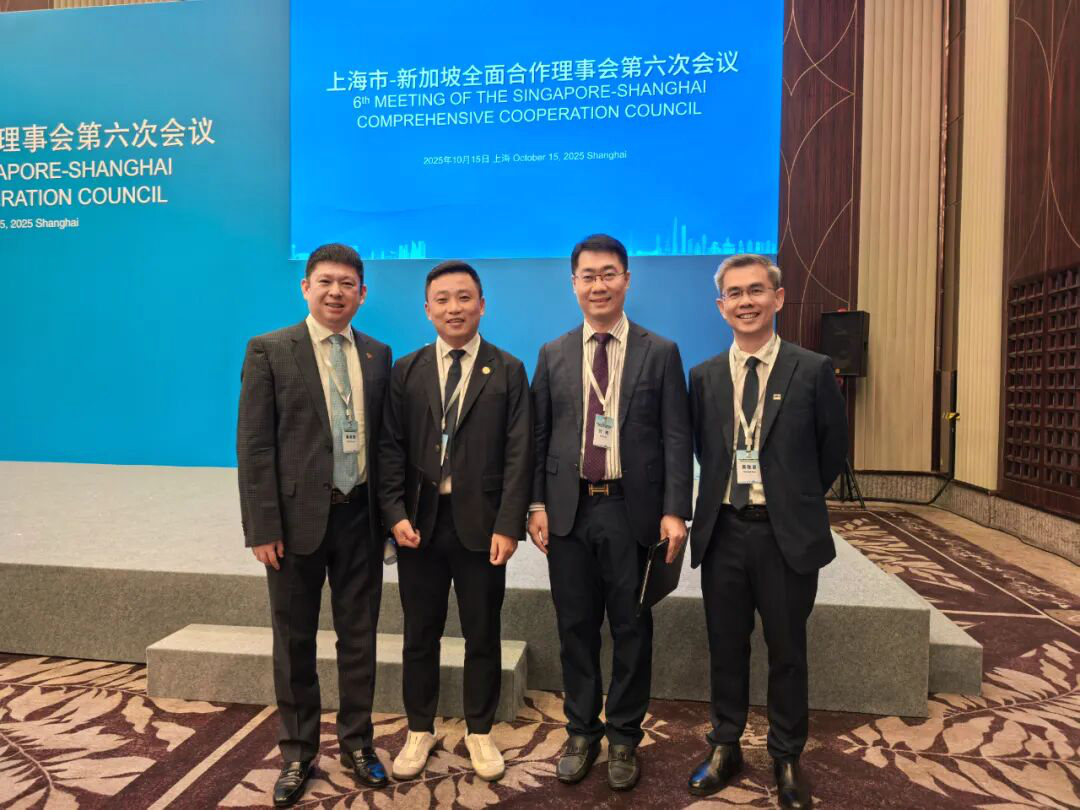In the wake of recent security breaches targeting major AI companies, including the reported hack of OpenAI's systems, the cybersecurity landscape for artificial intelligence has come into sharp focus. As pioneers in AI security solutions, we at Scantist AI, in collaboration with Nanyang Technological University's (NTU) cybersecurity lab, are at the forefront of addressing these critical challenges. The recent incidents serve as a stark reminder of the immense value and vulnerability of AI companies' data assets, underscoring the urgent need for robust, innovative security measures tailored to this rapidly evolving field.
The AI Data Treasure Trove
The recent breach at OpenAI, while reportedly limited in scope, has highlighted a crucial fact: AI companies have swiftly become some of the most attractive targets for hackers worldwide. This isn't merely about the potential leakage of confidential conversations or proprietary algorithms. The real concern lies in the vast troves of valuable data these companies possess, which can be broadly categorized into three types:
1. High-Quality Training Data: The backbone of any powerful AI model is its training data. Contrary to popular belief, this isn't just raw, scraped web data. It's meticulously curated, cleaned, and shaped information that requires significant human effort to prepare. The quality of this data is often considered the single most crucial factor in developing advanced large language models like GPT-4. Access to this data could provide competitors or adversaries with a significant advantage in the AI arms race.
2. Bulk User Interactions: AI companies like OpenAI have amassed billions of user interactions through platforms like ChatGPT. This data provides unprecedented insights into user behavior, preferences, and thought processes across a wide range of topics. Unlike traditional search data, these interactions offer deep, contextual information that could be invaluable for marketing, analysis, and various other applications.
3. Customer Data and Usage Patterns: Perhaps the most sensitive category is the data from enterprise customers using LLM APIs. This includes not only how these companies are leveraging AI capabilities but also the proprietary data they're feeding into these models for fine-tuning or analysis. This could encompass anything from internal documents and code to strategic plans and financial data.
The Unique Security Challenges of AI
At Scantist AI, we recognize that securing AI systems presents unique challenges that go beyond traditional cybersecurity measures. Through our research partnership with NTU's cybersecurity lab, we've identified several key areas that require innovative solutions:
1. Advanced Threat Modeling: AI systems present novel attack vectors that traditional security models may not adequately address. We've developed comprehensive threat models specifically tailored to AI vulnerabilities, allowing us to anticipate and mitigate potential attacks proactively.
2. Data Protection in AI Contexts: The vast amounts of data used in AI training and operations require new approaches to data protection. Our research has led to novel encryption techniques that safeguard sensitive data throughout the AI lifecycle, from training to deployment.
3. Model Integrity Assurance: Ensuring the integrity of AI models is crucial. We've pioneered methods to verify that models haven't been tampered with or poisoned, which could lead to unreliable or malicious outputs.
4. AI-Powered Cybersecurity: We're leveraging AI itself to bolster defenses, developing intelligent systems that can detect and respond to threats in real-time, staying ahead of increasingly sophisticated cyber attacks.
The Broader Implications
The security challenges facing AI companies have far-reaching implications beyond the tech industry. As AI becomes increasingly integrated into various sectors, from key infrastructures, healthcare to finance to government, the security of these systems becomes a matter of national and global importance.
1. Regulatory Scrutiny: The valuable data held by AI companies is likely to attract increased attention from regulators. For instance, the FTC or courts might be interested in the exact composition of training data sets, especially given concerns about the use of copyrighted material.
2. Economic Impact: The insights gleaned from user interactions with AI could have significant economic value. Just as search data once provided unparalleled insights into consumer behavior, AI interactions offer even deeper understanding, making this data highly valuable for various industries.
3. Industrial Espionage: With AI companies handling sensitive data from numerous enterprises, they become potential targets for industrial espionage. A breach could expose trade secrets and strategic information across multiple industries simultaneously.
4. National Security: As AI capabilities become increasingly crucial for national competitiveness and defense, securing these systems becomes a matter of national security. The risk of adversarial states gaining access to advanced AI capabilities or sensitive data cannot be overstated.
Scantist AI's Approach to Securing the Future of AI
At Scantist AI, we believe that securing AI systems requires a multifaceted approach that goes beyond traditional cybersecurity measures. Our collaboration with NTU's cybersecurity lab has allowed us to develop cutting-edge solutions that address the unique challenges posed by AI systems:
1. Robust Data Protection: We've developed advanced encryption techniques specifically designed for the large-scale data sets used in AI training. These methods ensure that even if data is breached, it remains unusable to attackers.
2. Model Integrity Verification: Our tools allow for continuous monitoring of AI models, detecting any unauthorized modifications or attempts at model poisoning. This ensures the reliability and trustworthiness of AI outputs.
3. Secure AI Development Environments: We've created secure environments for AI development that maintain the necessary flexibility for innovation while ensuring strict access controls and data protection.
4. AI-Enhanced Threat Detection: By leveraging AI itself, we've developed systems that can detect and respond to cyber threats in real-time, staying ahead of evolving attack methodologies.
The Path Forward
As AI continues to reshape our digital landscape, the importance of securing these systems cannot be overstated. The recent breaches serve as a wake-up call to the industry, highlighting the need for specialized security measures tailored to the unique challenges posed by AI.
At Scantist AI, we're committed to staying at the forefront of this critical field. Our ongoing research and development efforts, in partnership with academic institutions like NTU, are focused on anticipating future security challenges and developing proactive solutions.
We call on the broader tech industry, policymakers, and academic institutions to join us in this crucial endeavor. Securing AI systems is not just about protecting valuable data or maintaining competitive advantage – it's about ensuring that the transformative potential of AI can be realized safely and responsibly.
The road ahead is challenging, but with collaborative efforts and innovative approaches, we can build a secure foundation for the future of AI. At Scantist AI, we're not just securing systems – we're safeguarding the future of innovation itself.
Conclusion
The recent security incidents in the AI industry serve as a powerful reminder of the immense value and vulnerability of AI systems and the data they handle. As AI becomes increasingly integrated into various aspects of our lives and economies, securing these systems becomes paramount.
At Scantist AI, we're leading the charge in developing innovative security solutions tailored to the unique challenges of AI. Through our cutting-edge research and practical implementations, we're working to ensure that the AI revolution can proceed securely, allowing us to harness its full potential while mitigating risks.
The future of AI is bright, but only if we can ensure its security. With continued collaboration, innovation, and vigilance, we can build a safer, more secure AI ecosystem that benefits all of society. At Scantist AI, we're committed to turning this vision into reality.


.png)

